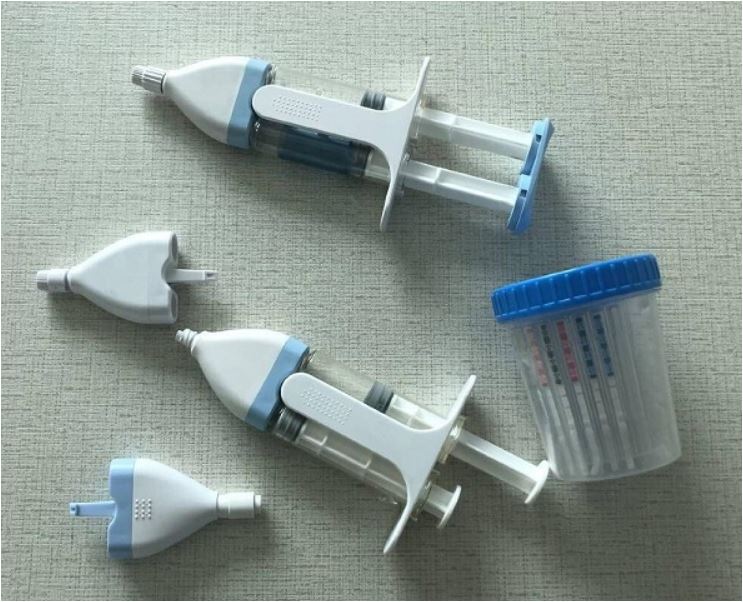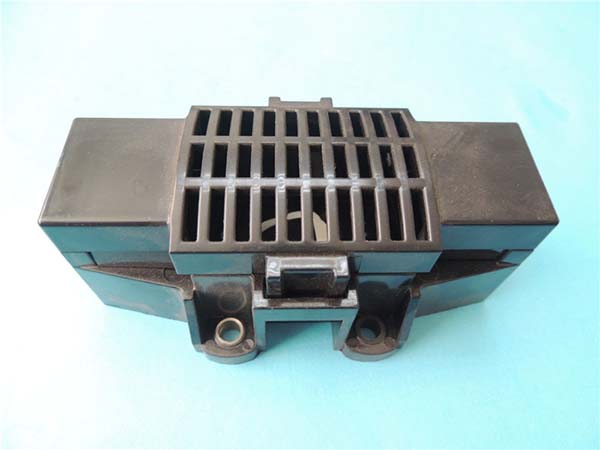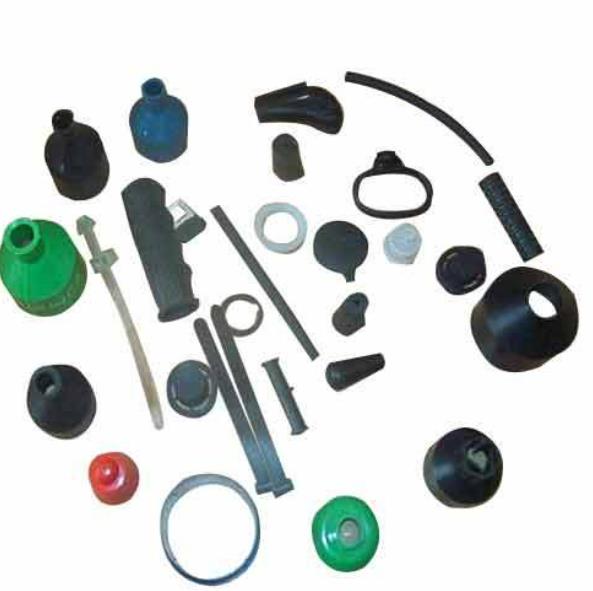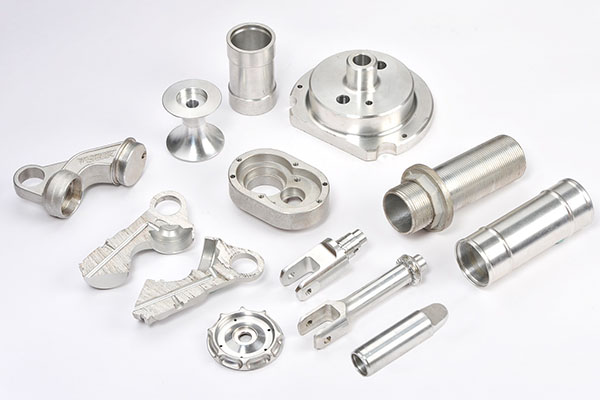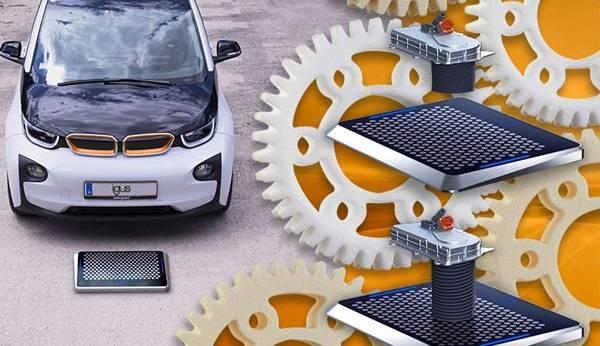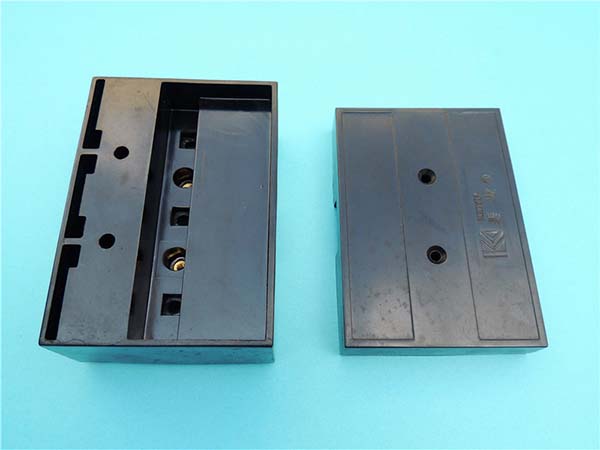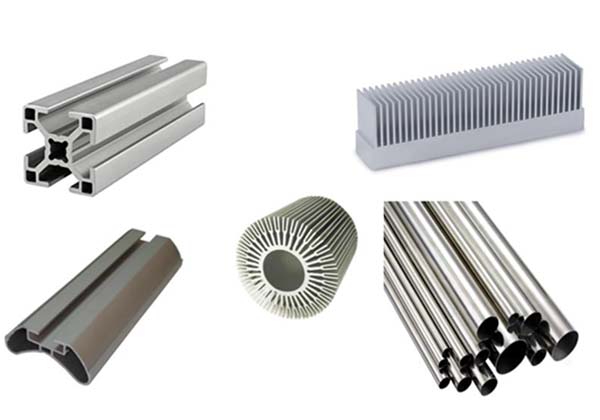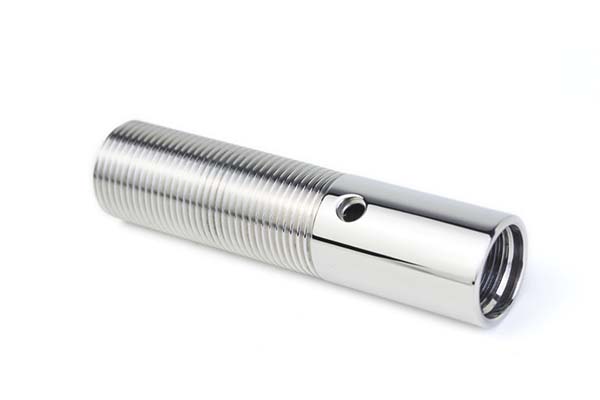Introduction
In the fast - paced world of product development, the role of a rapid prototyping engineer has become increasingly crucial. The journey from a mere idea to a tangible, market - ready product is a complex one, filled with numerous challenges. A rapid prototyping engineer serves as a linchpin in this process, bridging the gap between concept and reality.
Think of a startup that has an innovative idea for a new handheld electronic device. Without a rapid prototyping engineer, they would struggle to transform their abstract concept into a physical model that can be tested, refined, and eventually mass - produced. This is where the expertise of a rapid prototyping engineer comes into play. They use a combination of advanced technologies, materials, and techniques to create prototypes quickly, allowing companies to test their ideas early in the development cycle. This not only saves time but also significantly reduces costs associated with making major design changes later on. Whether it's in the automotive, aerospace, or consumer electronics industry, the work of rapid prototyping engineers impacts the products we use daily, making them more efficient, user - friendly, and cost - effective. So, what exactly does it take to be a rapid prototyping engineer? Let's explore further.
What Exactly is a Rapid Prototyping Engineer?
A rapid prototyping engineer is a professional who specializes in using advanced technologies and techniques to create physical prototypes of products in a short period. They are the driving force behind turning design concepts, often in the form of CAD (Computer - Aided Design) models, into tangible objects that can be tested, evaluated, and refined.
These engineers are proficient in a wide range of skills. They have in - depth knowledge of 3D modeling software such as SolidWorks, AutoCAD, and CATIA. With these tools, they can take a product design from a simple sketch or a detailed digital concept and transform it into a highly accurate 3D model. For example, in the development of a new smartphone, a rapid prototyping engineer would use 3D modeling software to create a virtual model of the phone, including its outer casing, internal components' layout, and even the placement of buttons and ports.
In addition to 3D modeling, they are also well - versed in various rapid prototyping technologies. One of the most common is 3D printing, which comes in different types like Fused Deposition Modeling (FDM), Stereolithography (SLA), and Selective Laser Sintering (SLS). FDM, for instance, is often used for creating quick and cost - effective prototypes by melting and depositing thermoplastic materials layer by layer. SLA, on the other hand, uses a laser to cure liquid resin, resulting in highly detailed and smooth prototypes, making it suitable for products where aesthetics and precision are crucial, such as jewelry or high - end consumer electronics prototypes.
Rapid prototyping engineers also work closely with different materials. They understand the properties of plastics, metals, and composites and can choose the most appropriate material for a prototype based on the product's requirements. If a prototype needs to have high strength and heat resistance, like a component for an automotive engine, they might select a heat - resistant plastic or a lightweight metal alloy.
To sum it up, a rapid prototyping engineer is an essential link in the product development chain. Their skills in 3D modeling, rapid prototyping technologies, and material selection enable them to create prototypes that are vital for product testing, market validation, and further development.
Key Responsibilities
Technical Planning and Coordination
Rapid prototyping engineers play a pivotal role in technical planning and coordination. They are involved in every stage of the prototyping process, from the initial concept to the final product. For example, in the automotive industry, when developing a new interior design for a car model, they participate in the technical planning for the prototypes. This includes determining the best materials to use for different components such as the dashboard, seats, and door panels. They might choose a soft - touch plastic for the dashboard to enhance the user experience and a durable, stain - resistant fabric for the seats.
Moreover, they coordinate with various teams. They work closely with the design team to ensure that the design concepts are feasible for rapid prototyping. If a designer has an innovative idea for a unique - shaped air vent, the rapid prototyping engineer will assess whether it can be produced using available rapid prototyping technologies like 3D printing or CNC machining. They also collaborate with the manufacturing team to plan for the transition from prototype to mass production. This involves discussing factors such as production volume, cost - effectiveness, and the need for tooling.
Equipment Management
Another crucial responsibility is equipment management. These engineers are responsible for researching, procuring, installing, and maintaining the necessary equipment for rapid prototyping. They need to stay updated with the latest advancements in 3D printers, CNC machines, and other related equipment. For instance, if a company is looking to invest in a new 3D printer for high - resolution prototyping, the rapid prototyping engineer will research different models in the market, compare their features such as print speed, resolution, and material compatibility. They will then make a recommendation on which printer to purchase based on the company's specific needs.
Once the equipment is procured, they oversee its installation and ensure that it is set up correctly. Regular maintenance is also essential to keep the equipment in optimal working condition. This includes tasks like cleaning the print heads of 3D printers, checking the alignment of CNC machine axes, and replacing worn - out parts. By maintaining the equipment well, they can ensure consistent and high - quality prototyping results.
Environment and Hardware Maintenance
Rapid prototyping engineers are also in charge of maintaining the environment where the prototyping takes place. This is especially important in cases where precision is crucial, such as in aerospace or medical device prototyping. They ensure that the temperature, humidity, and air quality in the prototyping area are within the acceptable range for the equipment and materials. For example, in a laboratory setting where delicate electronic components are being prototyped, a stable temperature and low - humidity environment are necessary to prevent damage to the components.
They are also responsible for maintaining the simulation hardware and test equipment. In a driving simulator environment used for automotive prototyping, they regularly update and modify the simulator to keep up with the latest vehicle models and testing requirements. This could involve upgrading the software to include new driving scenarios or replacing the hardware components to improve the realism of the simulation. Additionally, they ensure that all test equipment, such as sensors used to measure stress or temperature during prototype testing, are calibrated regularly to provide accurate data.
Yigu Technology's Perspective
As a non - standard plastic metal products custom Supplier, Yigu Technology deeply understands the significance of rapid prototyping engineers in product development. These engineers are crucial in our collaborative projects. Their skills in 3D modeling and material selection ensure that the initial prototypes accurately represent the product concept. For example, when developing a custom - designed plastic housing for an electronic device, their expertise helps in choosing the right plastic material with the correct strength, heat resistance, and aesthetic properties.
Moreover, their knowledge of rapid prototyping technologies like 3D printing and CNC machining enables us to quickly produce high - quality prototypes. This accelerates the development cycle, allowing us to make design adjustments promptly and meet tight deadlines. In our experience, the presence of a skilled rapid prototyping engineer significantly improves the quality of the final product and the overall efficiency of the development process.
FAQ
1. What are the most common rapid prototyping technologies a rapid prototyping engineer uses?
The most common ones are 3D printing technologies such as Fused Deposition Modeling (FDM), Stereolithography (SLA), and Selective Laser Sintering (SLS), as well as CNC machining. FDM is cost - effective and suitable for quick prototypes, SLA offers high - detail results, and SLS is great for creating durable and complex parts. CNC machining is often used for high - precision metal or plastic prototypes.
2. How important is 3D modeling software knowledge for a rapid prototyping engineer?
It's extremely important. 3D modeling software like SolidWorks, AutoCAD, and CATIA are the tools that allow rapid prototyping engineers to transform design concepts into accurate 3D models. These models serve as the basis for creating prototypes, and a good understanding of the software helps in making design modifications, visualizing the product from different angles, and ensuring all components fit together correctly.
3. Can a rapid prototyping engineer work alone, or do they need to collaborate with other teams?
Rapid prototyping engineers need to collaborate with other teams. They work closely with the design team to ensure the design is suitable for prototyping, and with the manufacturing team to plan the transition from prototype to mass production. They also interact with material suppliers to source the right materials and may collaborate with marketing teams to understand market - related requirements for the product prototype.
